|
3/31/2018 0 Comments March 31st, 2018Along with other Catholic priests, Father Bronisław Komorowski was arrested, in Danzig, the same day that Hitler, a Socialist, and his death troops stormed into Poland, on September 1, 1939, for the Invasion of Poland, also known as the September Campaign and the 1939 Defensive War.
The German Socialists beat and locked up Father Komorowski in the city's Victoriaschule, but he was soon shipped off to Stutthof extermination camp, where he was imprisoned in a basement and tortured for several months. Stutthof, 21 miles east of Danzig, was the first extermination camp erected by the Nazis, German Socialists, outside of Germany. On Good Friday, March 22, 1940, Father Komorowski, along with other Polish political prisoners, was executed in the woods outside Stutthof and all were lumped together in a mass grave. VIVA CRISTO REY! Niech żyje Chrystus Król!
0 Comments
3/31/2018 0 Comments March 31st, 2018After enduring daily torture at the hands of the Chinese Communists on the Death March, Trappist monk Brother Amadeus Liu (b. 1899) died a slow, agonizing death, in the darkness of his cell, on November 1, All Saints Day, 1947.
Brother Amadeus was never to return to his home in Hopei province’s Ho Chien, in the fruitful Jesuit apostolic vicariate of Hsien Hsien. VIVA CRISTO REY! 萬歲耶穌基督國王! 3/30/2018 0 Comments March 30th, 2018After Hitler's death troops invaded Poland, on September 1, 1939, the Polish were terrorized by the brutality of the Socialists, in whose society lawlessness was the law.
On July 31, 1943, the local Gestapo ordered the Sisters of the Holy Family of Nazareth, in the town of Nowogródek, to report to the police station. Held overnight, the next morning, August 1, 1943, the Gestapo ordered the 11 nuns into a van, and they were driven to a secluded area of the woods, about 3 miles from Nowogródek. With machine guns, the Socialist soldiers executed the women, who were then dumped in a common grave. One nun, Sister Malgorzata Banas, who had remained at the convent, eventually found the grave and secretly tended to it until her death, in 1966. The nuns: Adelaide Mardosewicz, Sister M. Stella of the Blessed Sacrament, C.S.F.N., Superior Jadwiga Karolina Żak, Sister M. Imelda of the Eucharistic Jesus, C.S.F.N. Anna Kokołowicz, Sister M. Rajmunda of Jesus, C.S.F.N. Eleonora Aniela Jóźwik, Sister M. Daniela of Jesus, C.S.F.N. Józefa Chrobot, Sister M. Kanuta of the Agonized Jesus in the Garden, C.S.F.N. Helena Cierpka, Sister M. Gwidona of Divine Mercy, C.S.F.N. Julia Rapiej, Sister M. Sergia of Our Lady of Sorrows, C.S.F.N. Eugenia Mackiewicz, Sister M. Kanizja, C.S.F.N. Paulina Borowik, Sister M. Felicyta, C.S.F.N. Leokadia Matuszewska, Sister M. Heliodora, C.S.F.N. Veronika Narmontowicz, Sister M. Boromea, C.S.F.N. VIVA CRISTO REY! Niech żyje Chrystus Król! 3/30/2018 0 Comments March 30th, 2018At Our Lady of Consolation, the Trappist abbey, on October 15, 1939, around noon, Chinese Communist soldiers paid an official visit, the Reds claimed, as per the orders of Red Army Division Commander Long Ho and Commander-in-Chief Te Chu (old form of De Zhu).
The officers wanted all weapons to be handed over – immediately. Several hours of unsuccessful negotiations passed between the Trappists and the Communists, both inflexible. At a stalemate, the monks met off to the side, out of earshot of the Reds and discussed what to do. Some believed they should not comply. Others felt they should. Both wanted to avoid a possible unpleasant circumstance in the future. Finally, a decision was reached. The monks opened the gate and stepped out of the way as the troops entered the compound. The Trappists willingly surrendered all their weapons – all 28 rifles, which French authorities in Peking had sent after the Boxer Rebellion of 1900, so the monks could protect themselves. But those 28 rifles weren’t good enough. The Communists demanded the monks also hand over what they had hidden in their arsenal. When the monks responded that they didn’t have any weapons secretly stashed, the Communists refused to accept that answer. They grabbed Father Antonius Fan, the prior, and dragged him out to the orchard. There, they drew a rope over his chest and under his arms, which they tied behind his back. Then strung up on a tree, he dangled with his toes just a breath away from touching the ground, for three hours, until his tormentors cut him loose. At the same time, the Communists cornered and questioned Brother Alexius Liu. What that short monk lacked in height, he more than made up for in personal strength as he was physically tortured. When that failed to garner information, the Reds tried to scare him into talking. Shots were fired out in the orchard. “Do you hear those shots?” they asked him. “Those are the executions of the monks who didn’t want to talk! That’s the road you’re going to march down, if you don’t declare where the rest of the guns are hidden.” “Even if you kill me, I have nothing more to say! There are no more!” Brother Alexius answered. More shots fired. “Do you hear those? That’s to warn you that you can either talk or be shot.” “I’m not afraid of dying. Kill me, if you want to.” They ordered him to step before his executioners. With fear searing through his blood, Brother Alexius shook uncontrollably as he stepped forward. Someone shouted an order. A shot, fired. A single bullet zinged by, just grazing the monk’s head. “Talk now, clearly and without evasion and tricks. Where are the other guns and ammunition hidden?” “To tell you the truth,” he answered, “according to the dictates of my conscience, and for the well being of the abbey, I will once again tell you that there are no more arms, other than the ones you have already seized. No more!” Exasperated, the soldiers let him go. After that day, the Chinese Communists continued to harass, target and torture the monks. Then, on January 20, 1948, Brother Alexius and five other Trappist monks were rounded up and taken to Pan Pu, just a short distance from Our Lady of Consolation. The Communists wanted to make certain that the monks were “liquidated” near the abbey, to use them as an example, as a warning to others. As Tui-Shih Li had ordered, it was time to save face for the Communists. It was time to save their reputation, execution style. Jostled in the madness, the monks fell to their knees. With their swollen hands tied and chained behind their backs, they couldn’t even cross themselves – In the name of the Father and of the Son and of the Holy Ghost – a final time. The death squad – Communist soldiers at the ready – loaded their rifles with fresh rounds of ammo. Shots rang out. One, then the next, followed by the next, the monks collapsed upon the blood-splashed, frozen ground. Their lifeless bodies, dragged to a nearby sewage ditch and dumped into a heap, one on top of the other. Alerted by the shots, wild dogs, roaming the village’s dirt roads, scavenging for scraps, hurried over to the bodies to investigate. Sniffing, they lapped up the warm blood, steaming in the icy air. It was all over. Brother Alexius, the other monks and Our Lady of Consolation was no more. VIVA CRISTO REY! 萬歲耶穌基督國王! 3/29/2018 0 Comments March 29th, 2018Socialists believe in confiscating (a nice word for stealing) land and property so the government (a nice word for totalitarian regime) can distribute (a nice word for rationing and depriving) to the citizens (a nice word for only those deemed by the regime as politically correct and worthy).
Those stolen from are often targeted as political enemies (for no other reason than they have what the government wants), arrested, imprisoned, killed. Such was the fate of Katarzyna Kwoka and her daughter Czeslawa Kwoka, at the hands of the National Socialists. On September 1, 1939, Hitler's death troops invaded Poland for land, because Hitler feared that the German population would outgrow its food source in Germany and needed to conquer new lands for more agricultural land. One targeted location for a German colony was the Zamość region of Poland, where the Kwoka family lived, and because of that, the Kwokas were deemed political prisoners, arrested and loaded onto a cattle car. Catholic faithful, Katarzyna Kwoka and her daughter Czeslawa arrived at #Auschwitz, on December 13, 1942, with 318 women. Katarzyna Kwoka was renamed prisoner number 26946, and two months later, she died, on February 18, 1943. Her daughter died the following month, on March 12. VIVA CRISTO REY! Niech żyje Chrystus Król! None of the extreme actions by the National Socialists, an extreme left-wing Socialist party, should have surprised anyone, as Hitler, himself, outlined his plans, in very plain writing, in his 25 Point Program. Here are only a few of Hitler's points: 3. We demand land and territory for the nourishment of our people and for settling our superfluous population. 13. We demand nationalization of all businesses, which have been up to the present formed into companies. 17. We demand land-reform suitable to our national requirements, passing of a law for confiscation without compensation of land for communal purposes; abolition of interest on land loans, and prevention al all speculation in land. 3/29/2018 0 Comments March 29th, 2018For Brother Marcus Li, a Trappist monk of Our Lady of Consolation abbey, the Death March in the mountains of northern China ended at Teng Chia Yu.
Born in 1885, no longer would the native of Hsien Hsien, in Hopei province, suffer torture at the hands of the Chinese Communists. The Trappist Brother died loyal to Christ and to Pope. He was one of many who died in September 1947. At the announcement of each death, the monks' torturer, Tui-Shih, Li could barely contain his glee. “Wonderful! We have saved one more bullet!” he cheered. After each death of their confreres, four monks, escorted by weapon-ready soldiers, carried each body to where they would be forced to dump their confrere in a shallow grave, covered over with a powdering of dirt. At night, the smell of death lured the wolves and wild dogs that unearthed the decaying bodies, tearing off legs and arms, gnawing on the flesh and muscle. What wasn’t devoured was left lying on the ground, visible. Only after the villagers of Teng Chia Yu complained to the Communists were the dead reburied, with the mauled remains re-interred in a grave slightly deeper, or just deep enough. VIVA CRISTO REY! 萬歲耶穌基督國王! 3/28/2018 0 Comments March 28th, 2018National Socialist Adolf Hitler announced in the Obersalzberg speech, "And so for the present only in the East I have put my death-head formations in place with the command relentlessly and without compassion to send into death many women and children of Polish origin and language. Only thus we can gain the living space [lebensraum] that we need."
And that was exactly what he did. On September 1, 1939, Hitler's troops invaded Poland for land, because Hitler feared that the German population would outgrow its food source in Germany and needed to conquer new lands for more agricultural land. Czeslawa Kwoka was a Catholic girl, from the Wolka Zlojecka village, in the Zamość region of Poland. She was born in 1928, on August 15, the Feast of the Assumption of the Blessed Virgin Mary. Because Czeslawa Kwoka and her family lived in Zamość, she and the others were deemed political prisoners for living in Zamość, the location of a future German colony. Along with her mother, Czesława Kwoka was deported and transported from Zamość, Poland, to Auschwitz, on December 13, 1942, where the teenage girl was renamed Number 26947. In the photo, the cuts on her lips resulted from a beating delivered by a Kapo who delivered the blows because the girl did not speak German; the Polish language had been outlawed in 1939. On March 12, 1943, Czesława Kwoka died at the age of 14. VIVA CRISTO REY! Niech żyje Chrystus Król! 3/28/2018 0 Comments March 28th, 2018For Brother Brother Hieronymus Li, a Trappist monk of Our Lady of Consolation abbey, the Death March in the mountains of northern China ended at Teng Chia Yu.
Born in 1873, no longer would the native of the Yu Chou Hsien, in Chahar province suffer torture at the hands of the Chinese Communists. The Trappist Brother died loyal to Christ and to Pope. He was one of many who died in September 1947. At the announcement of each death, the monks' torturer, Tui-Shih, Li could barely contain his glee. “Wonderful! We have saved one more bullet!” he cheered. After each death of their confreres, four monks, escorted by weapon-ready soldiers, carried each body to where they would be forced to dump their confrere in a shallow grave, covered over with a powdering of dirt. At night, the smell of death lured the wolves and wild dogs that unearthed the decaying bodies, tearing off legs and arms, gnawing on the flesh and muscle. What wasn’t devoured was left lying on the ground, visible. Only after the villagers of Teng Chia Yu complained to the Communists were the dead reburied, with the mauled remains re-interred in a grave slightly deeper, or just deep enough. VIVA CRISTO REY! 萬歲耶穌基督國王! 3/27/2018 0 Comments March 27th, 2018National Socialist henchmen, the Gestapo, entered the Capuchin monastery in Warsaw and interrogated Father Wojciech "Anicet" Koplinski, in June 1940, less than a year after Hitler invaded Poland.
A year later, the Gestapo surrounded the monastery and arrested all 22 monks, in the dark of night, on July 27, 1941. In a cattle car, Father Anicet was transported with the other monks to the Auschwitz extermination camp, on September 4, 1941, where he became Number 20,376. Father Anicet died sometime the following month, October 1941, faithful to Christ and to Pope. VIVA CRISTO REY! Niech żyje Chrystus Król! 3/27/2018 0 Comments March 27th, 2018With God in China: The Real Missionaries of Mercy
Written by Theresa Marie Moreau First published in The Remnant Newspaper, February 15, 2018 https://remnantnewspaper.com/web/index.php/articles/item/3809-with-god-in-china-the-real-missionaries-of-mercy The Woong Woo steamboat, like a gigantic three-tier birthday cake with wisps of smoke rising from extinguished candles, floated 525 slow miles along the Chang Jiang, the Long River, known around the world as the Yangtze River. Nearing its destination, crewmembers steered the vessel landward and pulled up alongshore, on August 21, 1920, with precious cargo aboard: Irish missionaries, 11 men who made up a squad in the Church Militant’s army of Missionary Society of Saint Columban. A long voyage, it began five months earlier, on March 19, with final goodbyes in Dalgan Park, the order’s headquarters in Shrule, County Mayo. Chugging across the Atlantic Ocean to an ante-aeronautic United States of America, they traversed by land the wind-whipped prairies, the snow-capped mountains and the blossom-filled deserts to the West Coast, where they boarded a trans-Pacific Ocean liner to the pre-Communist Republic of China. From the unsteady gangplank¸ the priests stepped onto foreign soil in Wuhan’s Hanyang District, in Hupei (old form of Hubei) province and entered an ancient world in the East, centuries behind the industrialized West, but where the Catholic priestly garb of the cassock blended seamlessly with the Chinese gown and its Mandarin collar. On the way to their new residence, the Irishmen passed along streets so narrow that they could stretch out their arms and touch with their fingertips the houses on both sides at the same time, as they splashed through puddles of a glistening-green water with a pungent smell, like an old sewer simmering in the sun on a scorching summer’s day. Outside the noisy town, the men reached their mission, where several rented houses stood near one another. Each had at least a dozen rooms, light and airy. All, within a stone’s throw from a lake choked with lotus plants. Father Cornelius Tierney (1871-1931, Missionary Society of Saint Columban), nearly 49 years old, was the eldest. More weathered than his freshly ordained confreres, he had received the Sacrament of Holy Orders, in 1899, for the Clogher diocese. As a professor, he taught the Classics and Irish. So it was a bit surprising when he felt haunted by another calling, inquired about his prospects with a certain missionary order and then made a decision – after much contemplation and correspondence with Father John Blowick (1888-1972, Missionary Society of Saint Columban) – on December 8, 1917, the Feast of the Immaculate Conception of the Blessed Virgin Mary. The middle-age priest decided that he would join the Columban Fathers in their Maynooth Mission to China. Once in their new home, the newcomers immediately immersed themselves in the Chinese language with its multiplicity of tones. Each morning, they sat with their teacher, a native speaker, and first learned simple idioms and phrases through repetition and memorization. Gradually, they challenged themselves with simple sentences, slowly increased the difficulty, and, after a few weeks, learned about 300 sentences. In between language lessons, they found moments of enchantment and inspiration in life lessons. Just two months after their arrival, in the dark of night, about 9:30, when the time arrived to extinguish the lights and welcome the Grand Silence, the priests heard a cacophony of cymbal clanging and drum banging outside by men, women and children, who tried to scare away the mythical dog taking a bite out of the moon, during a lunar eclipse, on October 27, 1920. For their first Midnight Mass in the new mission, the Columban Fathers threw open the doors of a church, built by American Baptists, long gone. The pews filled with about 100 locals, who fervently sing-song chanted their prayers with heart and soul. Not only did they attend the high Mass, with about half receiving Holy Communion, but the majority refused to leave and remained in the church the entire night, for their own prayers and devotions, waiting for the 6 a.m. Mass. After the holydays and five months of language immersion, Father Tierney was ready to venture off to a mission, in Shinti, in January 1921. After a bit of boating, about 100 miles farther up the Yangtze, he joined a Chinese priest, to meet the people, to learn the language and, perhaps, to eventually take over. In a deeply entrenched pagan land, even though Christians and non-Christians, alike, often showed up at church for material goods rather than spiritual riches, Father Tierney remained hopeful. And for good reason. Success. In the register, from August 15, 1922 to August 15, 1923, he recorded 153 baptisms of pagans, 19 baptisms of children of Catholics, and 20-odd baptisms of pagan children in danger of death. So it was with a heavy heart that, after only a few years in the countryside, he was forced to leave. Even though he preferred to remain in his newly adopted home, he was dispatched, in November 1924, to Brooklyn, New York, to raise funds from the generous American Catholics for the Far East mission of the Columban Fathers. For three years, he begged and cajoled for greenbacks and prayers, until he returned to the mainland, in December 1927, and, eventually, heading southwesterly, he set out for Tsitou, his new mission, on June 3, 1928. First arriving in Kienchang, in the province of Kiangsi (old form of Jiangxi), he traveled many more miles to Tsitou, on a stubborn mule, in the pouring rain. Arriving at dusk, drenched and exhausted, he found the mission’s church and houses occupied by Communist soldiers. Over the next several months, he witnessed up close the Chinese Civil War between the Chinese Nationalist Party (Kuomintang, old form of Guomindang), commanded by Kai-Shek Chiang (old form of Jieshi Jiang, 1887-1975), and the Communists, headed by Tse-Tung Mao (old form of Zedong Mao, 1893-1976). The war had begun, in April 1927, after Chiang purged the Reds from his Party. Communists caused a great deal of pain and bloodshed among Catholics, as Father Tierney wrote, on March 10, 1930, to Bishop Edward Mulhern (1863-1943), back home in Ireland: “Things are very unsettled in many districts. Just recently down South in Kwangtung – a Vicar Apostolic, a priest and three Chinese Sisters, all belonging to the Salesian Order were captured by bandits [Communists] and shot almost immediately. Their bodies were found riddled with bullets about 24 hours after capture. In the Hanyang Vicariate, the bandits [Communists] are creating terrible trouble. In five or six districts, the priests cannot remain in their houses – on the run – and two places have been looted. Others threatened. The country generally is in a very bad condition. Hordes of [Communist] bandits and soldiers, everywhere much poverty and business greatly hampered…Troubles like these are bound to come, and we are no better than those who have gone before us and sowed the Gospel seed in blood and tears.” Again, that same year, on November 1, 1930, Father Tierney described more persecution of Catholics in another letter to Bishop Mulhern: “The civil war is, I believe, ended for the present, but it is to be feared that it determines nothing and that there will be another later on. The big danger it seems to me is Communism. The people are out of patience and burdened with heavy taxation and in these circumstances turn over to the enemy. The Reds have already got a footing in many places in this province, and it will not be an easy matter to root them out. “Just recently they captured an important town in western Kiangsi – which was the center of a Vicariate. The Vicar Apostolic, who is a Bishop – Monsignor Gaetano Mignani [1882-1973, Congregation of the Mission], was captured with 7 or 8 priests and 10 sisters. There were two Chinese priests shot, and the Bishop was marched up and down the main street for three hours and bound and beaten.” But, as always, missionary work continued. A week or so later, Father Tierney, acting as mission Superior, visited Father John Kerr (1902-65, Missionary Society of Saint Columban) at his church, in Shangtanghsu, to oversee the building of a house for the priest, who had been sleeping, eating, praying, studying and everything else in the sacristy. Suggesting that Father Kerr should take the opportunity to visit his out-missions in the countryside, Father Tierney stayed behind to look after the parish and supervise the construction of the residence. Suddenly, on Thursday night, November 13, he received a warning that a detachment of Communists in uniform had swarmed and taken control of Kienchang, only 17 miles away, that the soldiers were gaining ground and nearing the mission, and that they were only 6 miles away. Thinking of the caution as a false alarm, Father Tierney shrugged it off and went to sleep. The next morning, around 6, as he prepared for Mass, on Friday, November 14, the church bell slowly clanged, signaling to parishioners that Mass would begin shortly. However, the tolling also alerted the soldiers, waiting in the woods outside the village for dawn. As Father Tierney kneeled in the sacristy, offering his prayers in preparation for the unbloody renewal of the Sacrifice of the Cross on Calvary, one of the faithful ran to his side and informed him about the approaching Communist soldiers, who charged toward the mission and surrounded the church. Grabbing his hat, the priest ran out the door, but was captured after only a few steps. “You are our greatest enemy,” taunted one of the soldiers, as he twisted the priest’s arms behind his back and pushed him toward a post. In the icy morning air, they stripped him of his cassock and his dignity, tied him to the post, flogged him, threw a soldier’s red cape over him, and then dragged him away to the quarters that previously housed local troops. After several days, the Columban Fathers learned of Father Tierney’s whereabouts from pagans, who had been imprisoned with the priest but had been released. They presented a letter from the soldiers, regarding a ransom. Father Kerr decided to send his teacher, Yang Mao, disguised as a woodworker, to find out what he could find out. After breakfast and offering his confession on a local hillside, he set out on his dangerous journey, with a carpenter’s kit slung over his shoulder. When he finally reached the edge of the Communist encampment, he noticed a group of soldiers getting ready to decamp, packing up their gear along with money, presumably stolen. Scanning the men, he spotted the leader, wearing ragged clothing, approached him, explained that he was a carpenter for the foreigners and inquired about Father Tierney. “Oh! Is it this old foreign fellow (the Chinese term is one of utter contempt) you are talking about?” the soldier asked. “Yes, I’m come in answer to your letter, and want to know what amount you want as ransom money.” “10,000.” “These priests come from a very poor country, which has been emancipated only recently and, perhaps, may not be able to obtain such an enormous sum.” “How is it that you, only a carpenter, know all these things?” As smoothly as possible, Yang Mao tried to explain away his mistake by answering that he was only a poor worker, who had labored for the priests for many years. “I must have the money now, just now,” the soldier demanded. “We can’t wait. You see my soldiers, ready to go; if we can’t have it now, he will be shot outside the town as we leave.” Granted permission to visit with Father Tierney, a soldier escorted the teacher to another part of the town, where he found the priest sitting in a large hall, in the midst of soldiers. Although looking dazed, he recognized Yang Mao and handed to him a letter that he had previously written to Father Luke Mullany (1897-1970, Missionary Society of Saint Columbans) and asked him to deliver it to Father Kerr: I have come into the hands of the Red army, and they demand ransom twenty thousand dollars. I leave it in your hands what to do. Things may come bad. I have twenty intentions in my book.” As the Fathers, with the help of the diplomatic British Legation, bargained for the release of their confrere, a go-between was able to take food and clothing to Father Tierney and to return with another letter, written mostly in Latin, from the priest-prisoner, dated December 4: “I received yesterday your medicines, bread, milk, coffee, clothes. I have been moved three times since the Christian you sent visited me. Now I am in a place abut 150 li from Nanfeng. In this place they have treated and are treating me well enough. I have a bed and a quilt. But how long I shall be here, I don’t know. “If there should be an opportunity to send me a pair of socks and an overcoat, they will be very welcome. I had an overcoat, but they took it from me at Shangtangsu. “I have no need of further eatables. I feel somewhat better than when I wrote last and can manage to get along on rice. Besides, the journey is so long that the bread is grown hard before it reaches me. If God wishes that I should recover my liberty, He can devise means. I leave all in His hands. Pray for me. “I am very, very glad that all the priests are safe. And I am deeply grateful to all of you for your prayers and your efforts to get me free.” And then nothing. At the time of Father Tierney’s kidnapping, Bishop Edward Galvin (1882-1956, Missionary Society of Saint Columban), founder of the religious order, had been on a British gunboat negotiating for the release of two other priests: Father Patrick Laffan (1897-1973, Missionary Society of Saint Columban) and Father James Linehan (1901-82, Missionary Society of Saint Columban). The two had been captured, in April 1930, and held, for eight months, by Communist guerillas who demanded guns in exchange for their freedom. Bishop Galvin wrote, on December 18: “Life has been an agony here during all these terrible months and, at the present moment, it is as dark as it could be…Father Tierney is still a captive. God knows how it will all end. We need faith and courage. Only 50 miles from here a young Chinese priest has been murdered by the Communists. They stripped him naked and beat him terribly. They blinded him with lime and then, tying a rope around his neck, they slowly strangled him to death.” From out of nowhere, on March 12, 1931, the Fathers received word about Father Tierney from a pagan woman. Abducted in December, she had only regained her freedom after paying her Communist captors 100 dollars. While held prisoner, in an old house in Hapchwen, she often heard the soldiers, sitting on the ground outside, talking about a foreign man, a Shen Fu, a Catholic priest, who was sick and kept in a house about 1 mile away. The soldiers ordered a local doctor, on February 20, to tend to Father Tierney. Occasionally able to visit the doctor, who lived next door to the pagan woman’s detention house, she inquired about the Shen Fu’s health. The doctor replied that the foreigner had stopped eating and was very sick, probably with malaria, so he gave him some medicine and would check on him every day. On February 28, the woman again visited the doctor and asked about the foreigner. “I have not been up there today,” he answered. “Why have you not been up to attend the Shen Fu?” she asked. “Oh, there’s no need to attend him anymore. He died today.” According to the pagan woman, Father Tierney died, on Saturday, February 28, around 2 in the afternoon, and was buried that same day, two hours later. The Fathers sent a courier to confirm the rumor; however, he returned without any information. So another was dispatched with instructions to find out if it were true about Father Tierney’s death. If so, he had to do his best to bring back the body. When the courier reached the remote mountainous campsite and approached the soldiers, at first they denied the priest’s death. But, eventually, they admitted that he was dead, and, after some haggling, the Communists agreed to trade the corpse for watches, fountain pens and other small items. Escorted to the gravesite, the courier hired four men to dig up the body, and when unearthed, the face was immediately recognizable. The gravediggers placed Father Tierney’s corpse on boards and, as pallbearers, carried him, as well as they could, a distance of 40 miles, to Kiansu, where the body was finally settled in a coffin and then placed on a raft, a floating hearse. After two weeks, on March 29, the raft washed up on the Nanfeng shore. On board, the courier and the coffin, with Father Tierney, the middle-age priest who had answered a late-in-life calling. This article appeared in the February 15, 2018 print edition of The Remnant Newspaper. _______________________ ENDNOTE: Miscellanea and facts for this story were pulled from the following: “…part of the bargain,” edited by Father Bernard T. Smyth (1916-2006, Missionary Society of Saint Columban); “The Red Lacquered Gate: The Stirring Story of the Early Days of the Columban Fathers’ Catholic Mission and the Courage and Faith of Its Founder, Father Edward Galvin,” by William E. Barrett; “Those Who Journeyed With Us: 1918-2016,” by the Missionary Society of Saint Columban. Theresa Marie Moreau is the author of “Blood of the Martyrs: Trappist Monks in Communist China,” “Misery & Virtue” and “An Unbelievable Life: 29 Years in Laogai,” which can be found online and at TheresaMarieMoreau.com. 3/26/2018 0 Comments March 26th, 2018Polish priest Father Stefan Wincenty Frelichowski was arrested with all the parish priests in his area, on September 11, 1939, not long after the German Socialists invaded Poland, on September 1, 1939.
Moved from extermination camp to extermination camp, Stutthof then Grenzdorf then Sachsenhausen and finally Dachau, on December 13, 1940. Father Frelichowski died, on February 23, 1945. He was 32 years old. VIVA CRISTO REY! Niech żyje Chrystus Król! 3/26/2018 0 Comments March 26th, 2018During the Death March in the mountains of northern China, Brother Basilius Keng (b. 1915) died, on January 18, 1948, faithful to Christ and Pope, even though tortured without mercy by the Chinese Communist soldiers.
Made a sub-deacon only the year before, he was a native of the city of Hai Men, in Chiangsu (old form of Jiangsu) province, north of the delta of the Yangtze River. Brother Basilius was a man without defects. A gentle character, always smiling, he was liked by all, and no one ever had difficulties with him. Not a natural scholar, he excelled in piety. Father Chrysostomus Chang gave Brother Basilius absolution, and the Communists, fearing an epidemic because the monk had sweat profusely the night before his death, ordered that he be buried right away. VIVA CRISTO REY! 萬歲耶穌基督國王! 3/25/2018 1 Comment March 25th, 2018OBERSALZBERG SPEECH by ADOLF HITLER, A SOCIALIST
THIS IS A MUST-READ, ESPECIALLY THIRD PARAGRAPH, WHICH CONTAINS: And so for the present only in the East I have put my death-head formations' in place with the command relentlessly and without compassion to send into death many women and children of Polish origin and language. Only thus we can gain the living space [lebensraum] that we need. ATTACHED PHOTOS: 1. Public execution of Polish priests and civilians in Bydgoszcz's Old Market Square on 9 September 1939. 2. Hitler with binoculars in Poland, watching the bombardment of Warsaw in September 1939. -------------------------------------------------------------------------------- Adolf Hitler: The Obersalzberg Speech, of August 22, 1939 Decision to attack Poland was arrived at in spring. Originally there was fear that because of the political constellation we would have to strike at the same time against England, France, Russia and Poland. This risk too we should have had to take. Goring had demonstrated to us that his Four-Year Plan is a failure and that we are at the end of our strength, if we do not achieve victory in a coming war. Since the autumn of 1938 and since I have realised that Japan will not go with us unconditionally and that Mussolini is endangered by that nitwit of a King and the treacherous scoundrel of a Crown Prince, I decided to go with Stalin. After all there are only three great statesmen in the world, Stalin, I and Mussolini. Mussolini is the weakest, for he has been able to break the power neither of the crown nor of the Church. Stalin and 1 are the only ones who visualise the future. So in a few weeks hence I shall stretch out my hand to Stalin at the common German-Russian frontier and with him undertake to re-distribute the world. Our strength lies in our quickness and in our brutality; Genghis Khan has sent millions of women and children into death knowingly and with a light heart. History sees in him only the great founder of States. As to what the weak Western European civilisation asserts about me, that is of no account. I have given the command and I shall shoot everyone who utters one word of criticism, for the goal to be obtained in the war is not that of reaching certain lines but of physically demolishing the opponent. And so for the present only in the East I have put my death-head formations' in place with the command relentlessly and without compassion to send into death many women and children of Polish origin and language. Only thus we can gain the living space [lebensraum] that we need. Who after all is today speaking about the destruction of the Armenians? Colonel-General von Brauchitsch has promised me to bring the war against Poland to a close within a few weeks. Had he reported to me that he needs two years or even only one year, I should not have given the command to march and should have allied myself temporarily with England instead of Russia for we cannot conduct a long war. To be sure a new situation has arisen. I experienced those poor worms Daladier and Chamberlain in Munich. They will be too cowardly to attack. They won't go beyond a blockade. Against that we have our autarchy and the Russian raw materials. Poland will be depopulated and settled with Germans. My pact with the Poles was merely conceived of as a gaining of time. As for the rest, gentlemen, the fate of Russia will be exactly the same as 1 am now going through with in the case of Poland. After Stalin's death-he is a very sick man-we will break the Soviet Union. Then there will begin the dawn of the German rule of the earth. The little States cannot scare me. After Kemal's [i.e. Ataturk] death Turkey is governed by cretins and half idiots. Carol of Roumania is through and through the corrupt slave of his sexual instincts. The King of Belgium and the Nordic kings are soft jumping jacks who are dependent upon the good digestions of their over-eating and tired peoples. We shall have to take into the bargain the defection of Japan. I save Japan a full year's time. The Emperor is a counterpart to the last Czar - weak, cowardly, undecided. May he become a victim of the revolution. My going together with Japan never was popular. We shall continue to create disturbances in the Far East and in Arabia. Let us think as "gentlemen" and let us see in these peoples at best lacquered half maniacs who are anxious to experience the whip. The opportunity is as favourable as never before. 1 have but one worry, namely that Chamberlain or some other such pig of a fellow (Saukerl) will come at the last moment with proposals or with ratting (Umfall). He will fly down the stairs, even if I shall personally have to trample on his belly in the eyes of the photographers. No, it is too late for this. The attack upon and the destruction of Poland begins Saturday early. 1 shall let a few companies in Polish uniform attack in Upper Silesia or in the Protectorate. Whether the world believes it is quite indifferent (scheissegal). The world believes only in success. For you, gentlemen, fame and honour are beginning as they have not since centuries. Be hard, be without mercy, act more quickly and brutally than the others. The citizens of Western Europe must tremble with horror. That is the most human way of conducting a war. For it scares the others off. The new method of conducting war corresponds to the new drawing of the frontiers. A war extending from Reval, Lublin, Kaschau to the mouth of the Danube. The rest will be given to the Russians. Ribbentrop has orders to make every offer and to accept every demand. In the West I reserve to myself the right to determine the strategically best line. Here one will be able to work with Protectorate regions, such as Holland, Belgium and French Lorraine. And now, on to the enemy, in Warsaw we will celebrate our reunion. -------------------------------------------------------------------------------- The speech was received with enthusiasm. Göring jumped on a table, thanked blood-thirstily and made blood-thirsty promises. He danced like a wild man. The few that had misgivings remained quiet. -------------------------------------------------------------------------------- Source: From Documents on British Foreign Policy. 1919-1939. eds. E. L. Woodward and Rohan Riftlep; 3rd series (London: HMSO, 1954), 7:258-260. This text is part of the Internet Modern History Sourcebook. The Sourcebook is a collection of public domain and copy-permitted texts for introductory level classes in modern European and World history. Unless otherwise indicated the specific electronic form of the document is copyright. Permission is granted for electronic copying, distribution in print form for educational purposes and personal use. If you do reduplicate the document, indicate the source. No permission is granted for commercial use of the Sourcebook. LINKS: http://www.ns-archiv.de/krieg/1939/22-08-1939.php http://www.kurt-bauer-geschichte.at/PDF_Lehrveranstaltung%202008_2009/21_Hitlerrede_1939-08-22.pdf http://www.ifz-muenchen.de/heftarchiv/1968_2.pdf http://www.ifz-muenchen.de/heftarchiv/1971_3.pdf http://www.ns-archiv.de/krieg/1939/22-08-1939-boehm.php http://www.ns-archiv.de/krieg/1939/22-08-1939-halder.php http://www.zeno.org/Geschichte/M/Der+N%C3%BCrnberger+Proze%C3%9F/Hauptverhandlungen/Einhundertzweiunddrei%C3%9Figster+Tag.+Freitag,+17.+Mai+1946/Vormittagssitzung 3/25/2018 0 Comments March 25th, 2018Father Hieronim Gintrowski was arrested by the Gestapo, on September 15, 1939, two weeks after German Nazi soldiers invaded Poland, on September 1, 1939.
Because he was a Catholic priest, he was tortured by the goons of the National Socialist German Workers' Party for two months while imprisoned in the basement of a military barracks camp in Bydgoszcz. Father Gintrowski was killed, on November 1, 1939, when he was taken with a group of other priests, "political" prisoners, to the Gdańsk Forest, near Bydgoszcz. VIVA CRISTO REY! Niech żyje Chrystus Król! 3/25/2018 0 Comments March 25th, 2018For Brother Ludovicus Gonzaga Jen, a Trappist monk of Our Lady of Consolation abbey, the Death March in the mountains of northern China ended at Teng Chia Yu.
Born in 1872, no longer would the native of the Suan Hua Fu diocese in Chahar province suffer torture at the hands of the Chinese Communists. The Trappist Brother died loyal to Christ and to Pope. He was one of many who died in September 1947. At the announcement of each death, the monks' torturer, Tui-Shih, Li could barely contain his glee. “Wonderful! We have saved one more bullet!” he cheered. After each death of their confreres, four monks, escorted by weapon-ready soldiers, carried each body to where they would be forced to dump their confrere in a shallow grave, covered over with a powdering of dirt. At night, the smell of death lured the wolves and wild dogs that unearthed the decaying bodies, tearing off legs and arms, gnawing on the flesh and muscle. What wasn’t devoured was left lying on the ground, visible. Only after the villagers of Teng Chia Yu complained to the Communists were the dead reburied, with the mauled remains re-interred in a grave slightly deeper, or just deep enough. VIVA CRISTO REY! 萬歲耶穌基督國王! 3/24/2018 0 Comments March 24th, 2018Father Józef Kowalski, a Salesian priest, was arrested in Kraków by the Gestapo, on May 23, 1941, and locked up in Montelupich Prison, where he was tortured.
Father Kowalski was transferred, on June 26, 1941, to Auschwitz extermination camp, where he was renamed Prisoner number 17,350. Because he was a priest, he was beaten by the guards, on July 3, 1942, and later that night, guards dragged him out of his cellblock to continue the beating. Father Kowalski's body was found the next day and burned. VIVA CRISTO REY! Niech żyje Chrystus Król! 3/24/2018 0 Comments March 24th, 2018By morning’s light, around 7 a.m., on July 8, 1947, the roar of the mob approached quickly, with its shouts and screams heard from a great distance by one of the Trappists in the cemetery by the chapel.
The monks rushed to the tabernacle, to rescue and consume the remaining Hosts, before the second wave of looters, armed with military backup, swarmed through the abbey, demanding and taking more. The library was destroyed. Valuable leather covers were ripped from the binding of the books by the illiterate peasants who threw up the loose-leaf pages that went flying, destroying a lifetime of work by Father Simon Hsu, the abbey’s talented bookbinder. Some of the villagers dashed into the refectory, where members of the Community were eating, and snatched the napkins and utensils from the monks’ hands. The storerooms were broken into, and the contents – beans, corn, millet, sorghum, lentils, nuts, honey, salt, and cheese made from their goats’ milk – were confiscated, not for the peasants, but for the Communist soldiers. From the tool house, the shoe shop, the blacksmith shop – everything ransacked and looted. In the tailor shop, three of the five sewing machines, destroyed. The other two, carted away for the Communists. In the church, the mob tied up the sacristan, stole his keys and proceeded to carry off the chalices, vestments and other sacred objects. One of the peasants was seen with a priest’s stole tied around his waist as a belt. Once the abbey had been gutted of all material possessions, the Reds turned on the monks and arrested all 70-plus, of which only five were foreigners. The rest were native Chinese. Locked up in the Chapter Room, which no longer had any furniture after the looting, the monks were forced to sleep on the stone floor, under the low-vaulted ceiling. In that same room, many of the men, as postulants, had received the holy habit. As novices, many had made their temporary professions. After their confinement, the monks were forced on a Death March through the mountains of northern China, during which many died from torture inflicted by their Socialist tormentors. As those still held captive struggled and died, a few were maliciously rumored to be released but were actually transferred elsewhere and died alone, without their confreres. One was Father Simon Hsu (b. 1897) who died of hunger and cold on December 19, 1947, near Yu Hsien, after enduring forced labor. A native of Yu Chou Hsien, Chahar province, Father Simon had been an excellent bookbinder, blessed with an artistic ability that resulted in much success in the binding of books of the abbey, especially the large choral books. VIVA CRISTO REY! 萬歲耶穌基督國王! 3/23/2018 0 Comments March 23rd, 2018Polish Roman Catholic priest, Father Jerzy Popiełuszko dared to allign himself with the Solidarity movement in Communist-ruled Poland.
As a result, he became a target of the Socialists and their theophobic ideology of death and destruction. The Communist secret police plotted to kill him in a staged car accident, on October 13, 1984, but he avoided it; however, another plan was successful. Three secret policemen pretended to have car problems, on October 19, 1984, flagged down the priest and grabbed him when he stopped. Captain Grzegorz Piotrowski, Leszek Pękala and Waldemar Chmielewski beat the priest, tied him up, tossed him into the trunk and then attached a stone to his feet before they pushed him into the Vistula Water Reservoir. His body was recovered on October 30, 1984. VIVA CRISTO REY! Niech żyje Chrystus Król! 3/23/2018 0 Comments March 23rd, 2018On December 1, 1946, an announcement was made in the Chapter Room of Our Lady of Consolation, where the Trappist monks met daily for the reading of a chapter from “The Rule of Saint Benedict.”
In the absence of a father abbot, Father Michaelus Hsu was named the superior of the Community. In his new capacity, even though his confreres were frightened with the Communists circling the abbey, he did his best to maintain peace and calm amongst the men, amidst the terror. Intelligent, highly cultured and well-read, Father Michaelus had been born in Ching Pu, the westernmost district of Shanghai, on March 18, 1901, into a family with an aristocratic background. He was a direct descendant (12th generation) of Prime Minister Kuang-Chi “Paul” Hsu (1562-1633), who served as Minister of the Cabinet and Minister of Rites in the Imperial Court. Upon his death, he was buried with great honors. He had been converted to the faith by his colleague, Father Matteo Ricci (1552-1610, Society of Jesus), an Italian and one of the founding fathers of the Jesuit mission in China. One year later, after tortured by the Chinese Communists at the abbey and on the Death March, Father Michaelus Hsu (b. 1901) died in a little, black cell, on December 15, 1947. “My heart and my soul are devoted to the Virgin Mary,” were his last words. VIVA CRISTO REY! 萬歲耶穌基督國王! 3/22/2018 0 Comments March 22nd, 2018“Bolshevik Freedom,” Polish poster of Leon Trotsky.
Translation: “Bolsheviks promised, ‘We will give you room. We will give you freedom. We will give you land, work and bread.’ Abjectly, they unleashed war against Poland. Instead of freedom, they gave fists. Instead of land, requisitions. Instead of work, misery. Instead of bread, hunger." VIVA CRISTO REY! 3/22/2018 0 Comments March 22nd, 2018All 12 priests identified! Thank you, everyone!
1. Thomas Mei 2. Josephus Zen 3. Xavierius T'sa 4. J. Berchmans Waong 5. Petrus Poisson 6. Aliosius Waong 7. Hadrianus Lavariere 8. Gerald Pope 9. Josephus Tsu 10. Beda Tsang 11. Wilfred Le Sage 12. Gabriel Brossard VIVA CRISTO REY! 3/22/2018 0 Comments March 22nd, 2018During the Death March of the Trappist monks in the mountains of northern China, the Communist soldiers said they released Brother Martinus Hsu.
It was not true. The soldiers had transferred the monk to a forced labor prison camp, where he died, on December 20, 1947. VIVA CRISTO REY! 萬歲耶穌基督國王! 3/21/2018 0 Comments March 21st, 2018This encyclical "Mit Brennender Sorge" ("With Burning Concern") was smuggled into Germany and read from the pulpits in all German churches on Palm Sunday, March 21, 1937.
Written by Pope Pius XI to the Faithful in Germany, it reveals how the Vatican reacted when the National Socialist German Workers' Party began persecuting Catholics, and those of other races, under the control of the Nazis, and how the Nazis were trying to establish a national catholic church. English: https://w2.vatican.va/…/hf_p-xi_enc_14031937_mit-brennender… German: https://w2.vatican.va/…/hf_p-xi_enc_14031937_mit-brennender… Italian: https://w2.vatican.va/…/hf_p-xi_enc_14031937_mit-brennender… Spanish: https://w2.vatican.va/…/hf_p-xi_enc_14031937_mit-brennender… VIVA CRISTO REY! 3/21/2018 0 Comments March 21st, 2018The Chinese Communist torturers used different techniques on their victims, the Trappist monks of Our Lady of Consolation monastery.
At one point, Father Michaelus Hsu, the superior, was forced on top of the abbey’s mill to push the grindstone. It was intended to serve as an example to scare and motivate the superior’s nephew, Brother Eligius Hsu, who had accompanied his uncle to the abbey in the summer of 1937 and joined the Community a year later. From atop the grist stone next to the cow barn, Father Michaelus yelled to his nephew, “Look, sooner or later I will die. To me, it is of little importance. But you, if you obey the Communists, how will you save your soul?” Brother Eligius remained strong. After months and months of torture, Brother Eligius was rounded up with five other monks, on January 20, 1948. “You are going to be freed,” the soldiers told them. The six monks were taken to Pan Pu, a village near Yang Kia Ping. In Pan Pu, large-character posters displayed on the walls announced a meeting of the People’s Court. The names of the monks had been written in red ink – a symbol of death. Twice the men were hauled before a People’s Court. Before a multitude, the manacled, handcuffed monks were accused. They had to listen to the wild, brutal screams of false accusations against the abbey and against themselves. At the second trial, the death order was delivered. They were to be executed immediately. They had lived together. They would die together. Jostled in the madness, the monks fell to their knees. With their swollen hands tied and chained behind their backs, they couldn’t even cross themselves – In the name of the Father and of the Son and of the Holy Ghost – a final time. The death squad – Communist soldiers at the ready – loaded their rifles with fresh rounds of ammo. Shots rang out. One, then the next, followed by the next, the monks collapsed upon the blood-splashed, frozen ground. Their lifeless bodies, dragged to a nearby sewage ditch and dumped into a heap, one on top of the other. Alerted by the shots, wild dogs, roaming the village’s dirt roads, scavenging for scraps, hurried over to the bodies to investigate. Sniffing, they lapped up the warm blood, steaming in the icy air. VIVA CRISTO REY! 萬歲耶穌基督國王! 3/20/2018 0 Comments March 20th, 2018Brother Feliks "Symforian" Ducki and 21 of his Capuchin brothers in their Warsaw monastery, were arrested by the Gestapo, German Socialist henchmen, on June 27, 1941.
First taken to Pawiak Prison, Brother Symforian was transferred to Auschwitz on September 3, 1941, where he received the new "name": Number 20364. In a final move, he was transferred to Birkenau extermination camp, in March 1942. In Birkenau, on the evening of April 11, 1942, Bother Symforian saw German guards use sticks to beat prisoners to death. In an act of great selfless compassion, Brother Symforian turned to the victims and made the Sign of the Cross over the whole block. Enraged, the guards rushed over to the monk and beat him to death. VIVA CRISTO REY! Niech żyje Chrystus Król! |
AuthorTHERESA MARIE MOREAU is an award-winning reporter who covers Catholicism and Communism. Archives
October 2023
Categories |
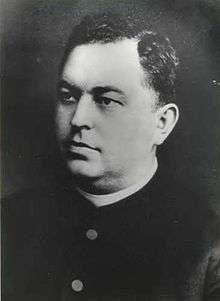
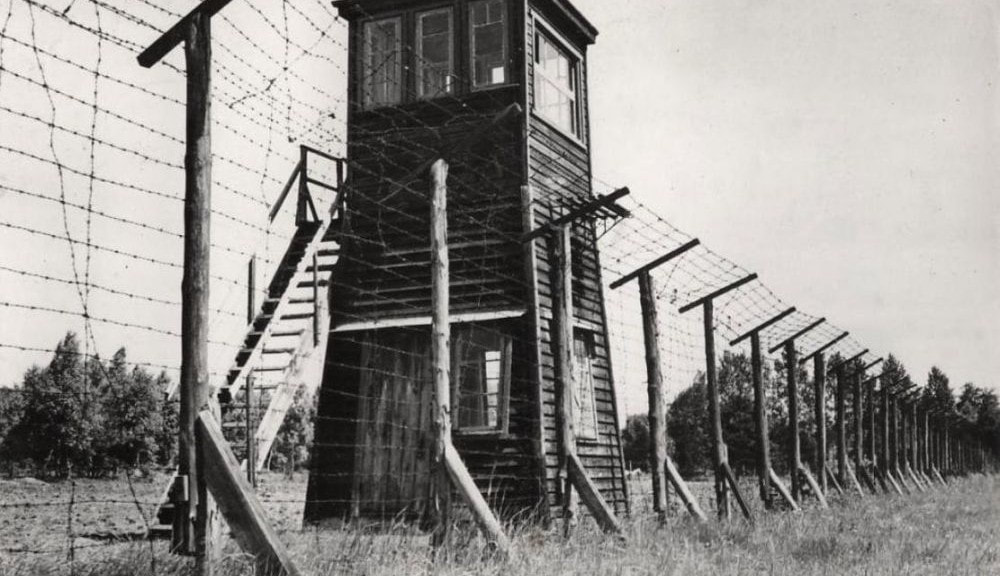
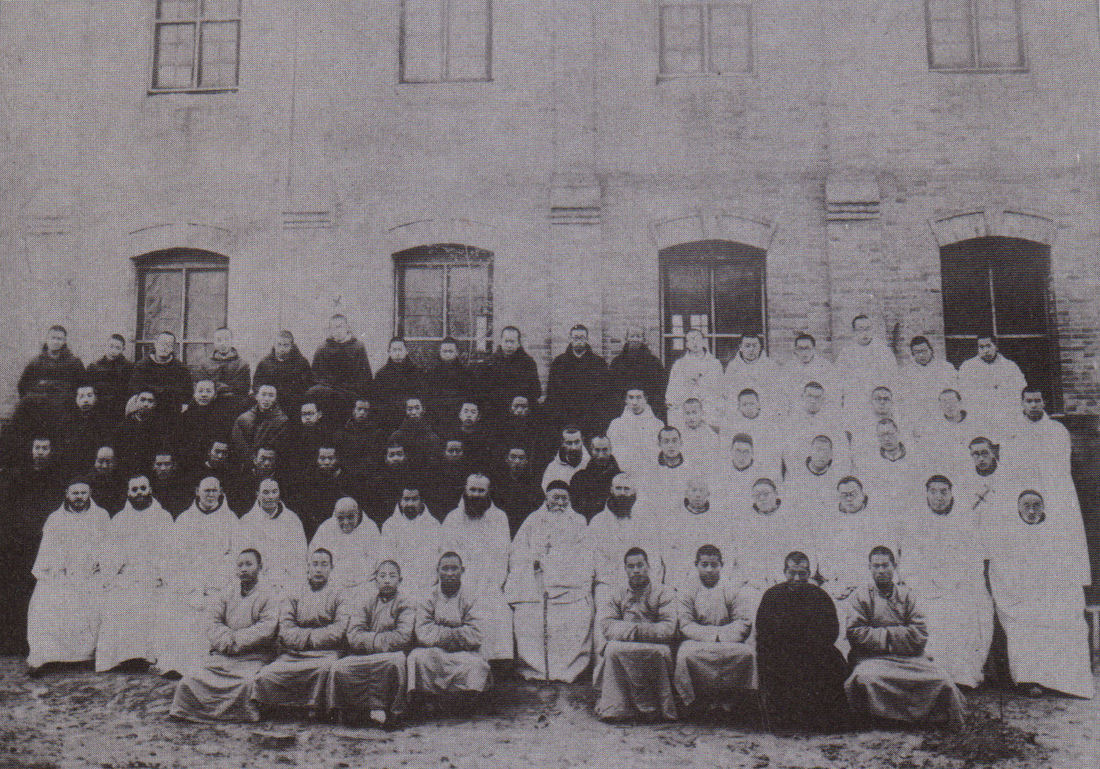
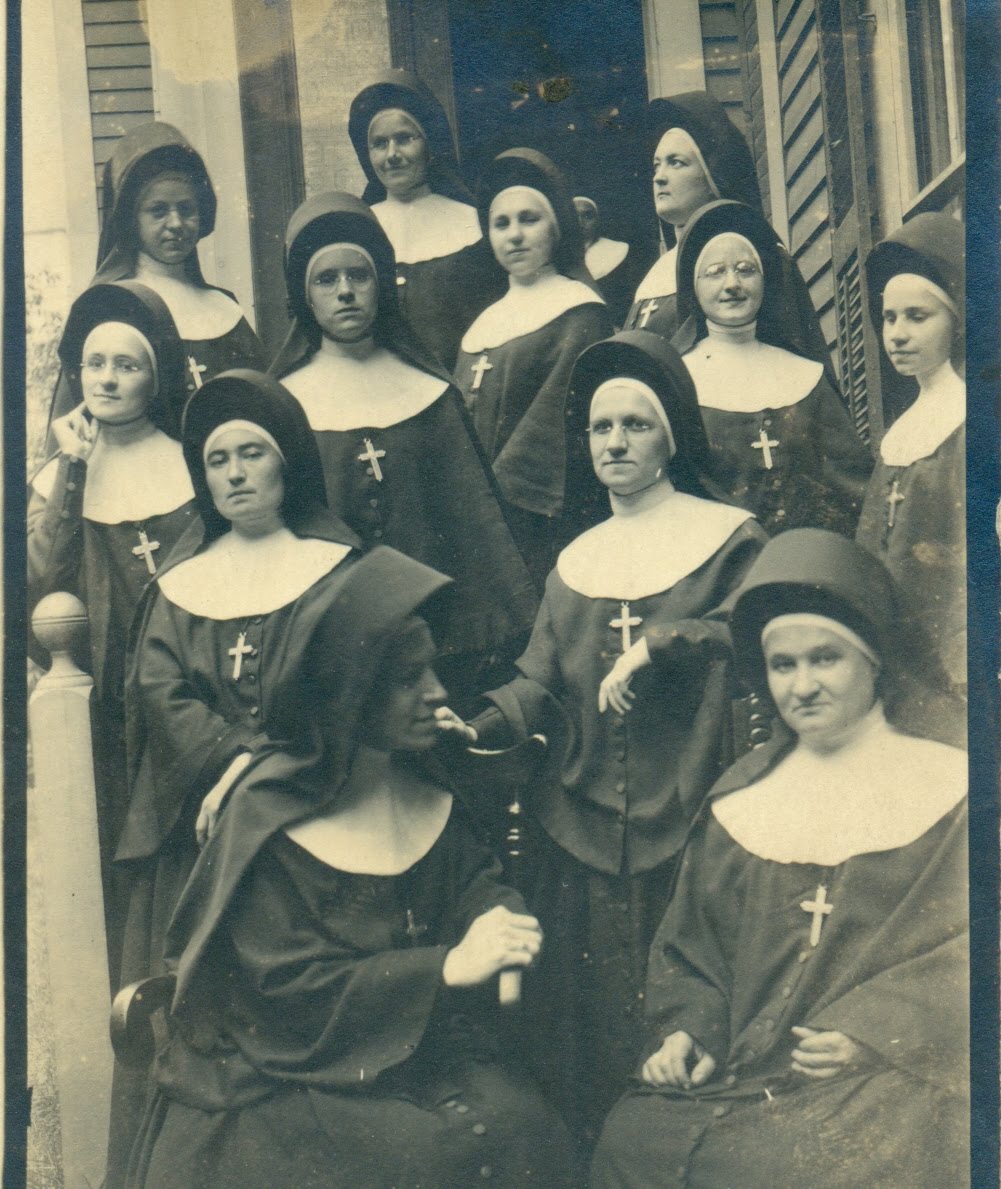
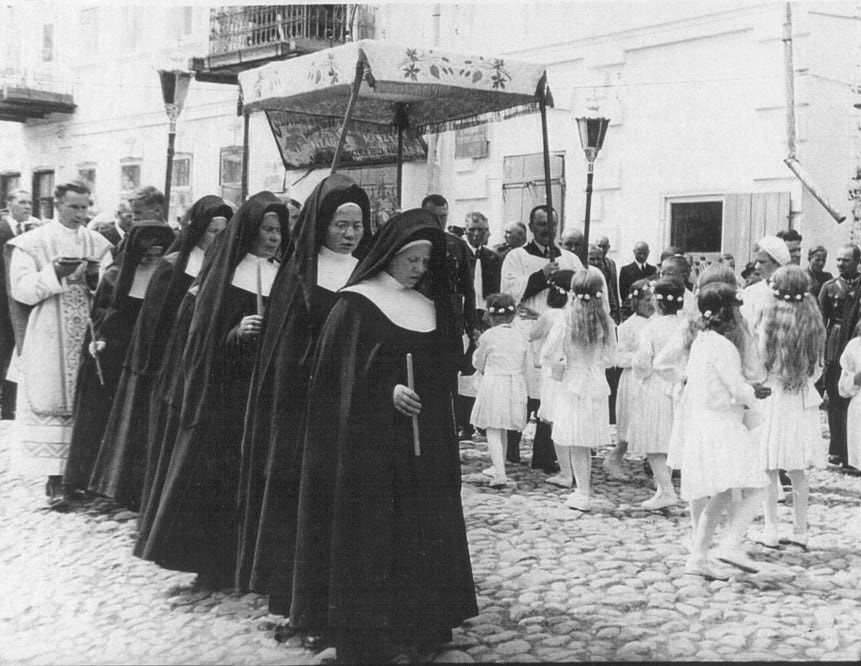
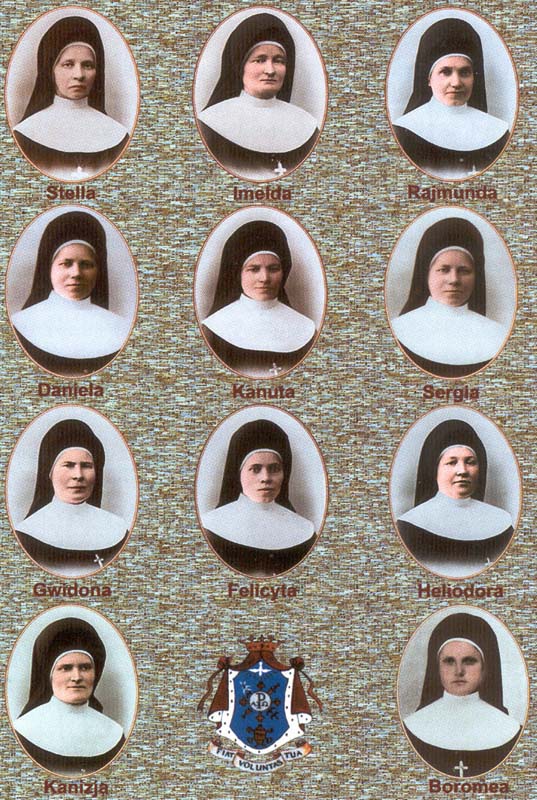
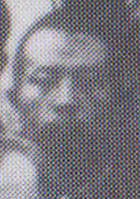
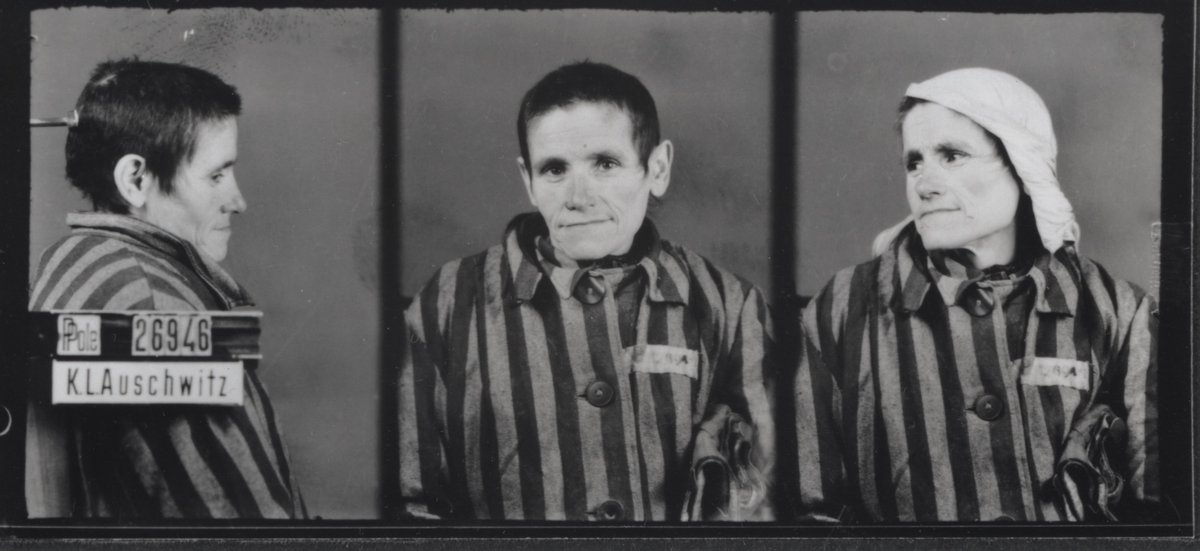
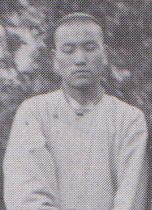
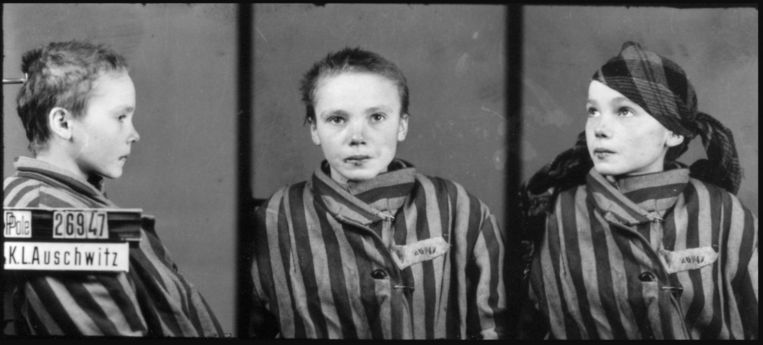
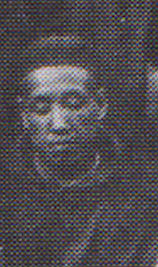
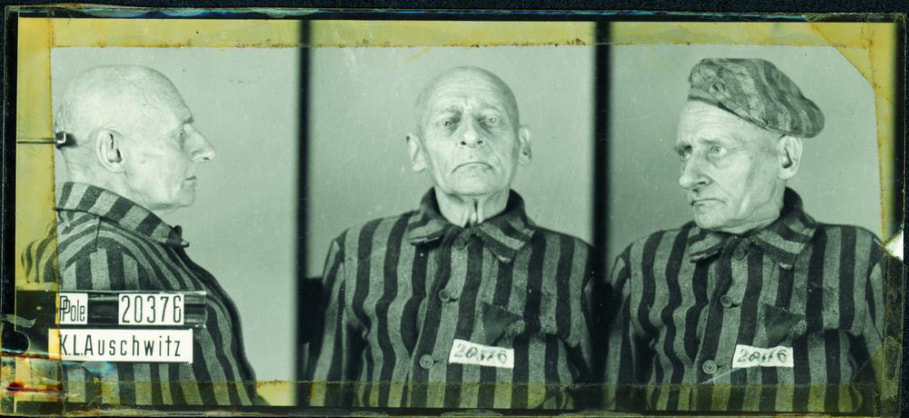
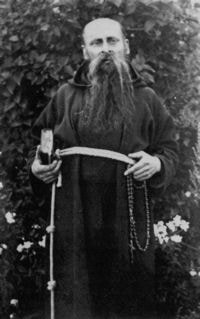
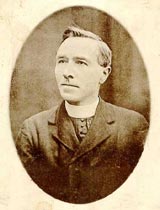
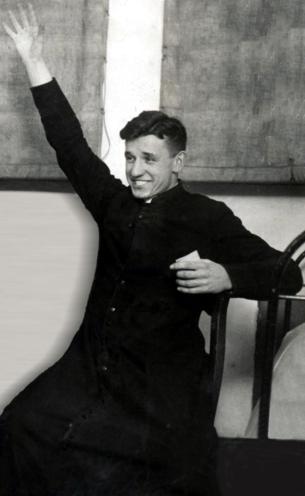
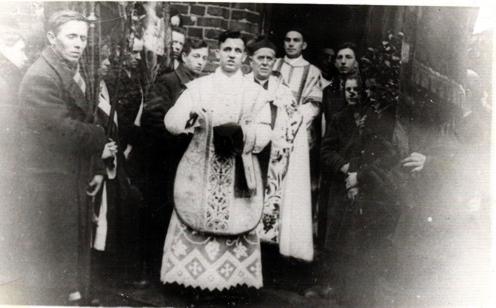
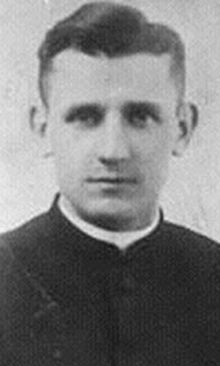
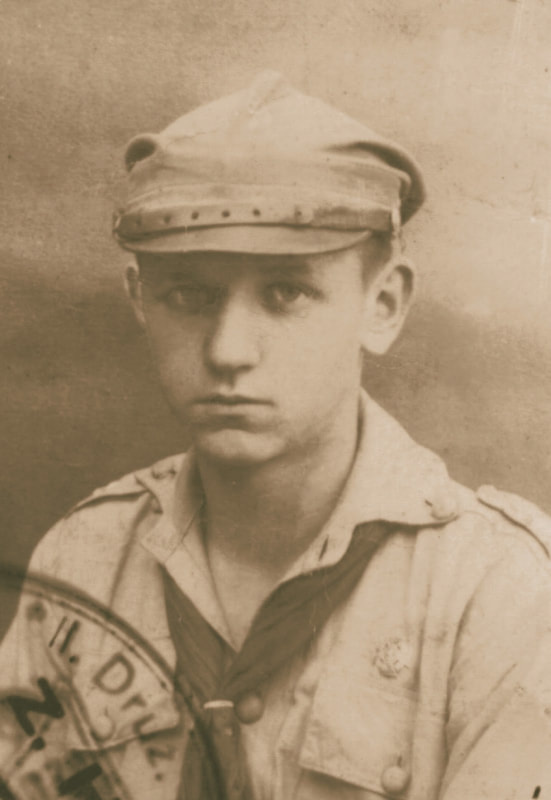
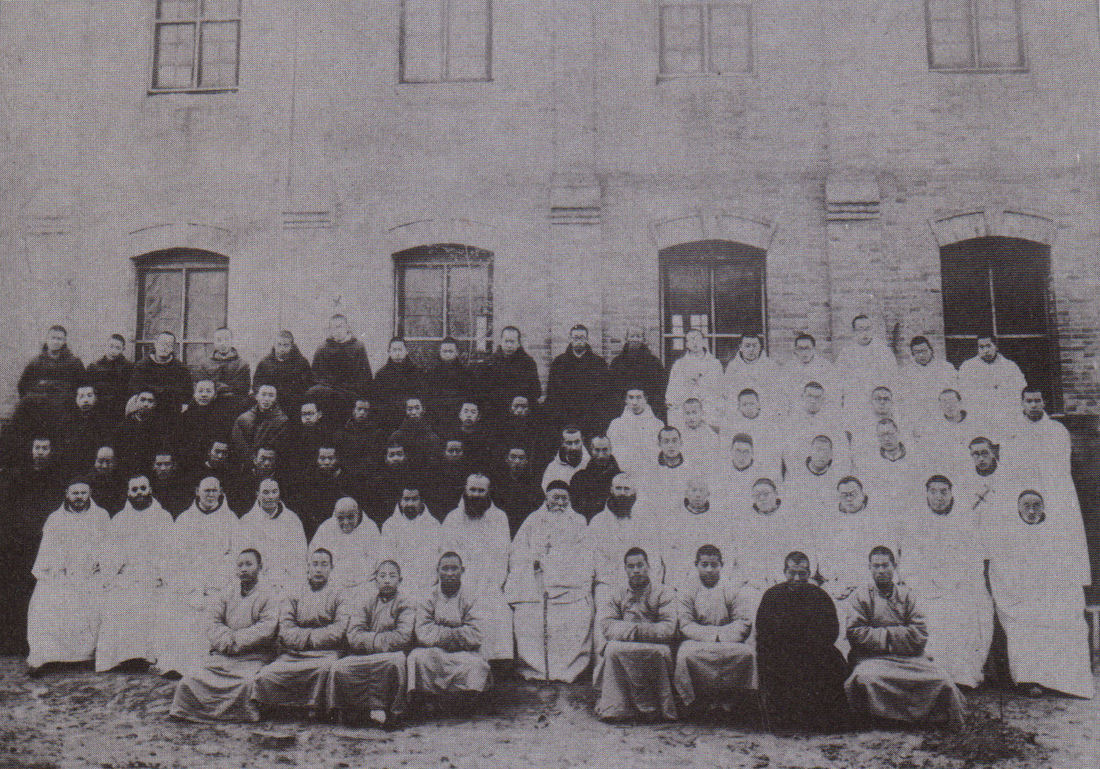
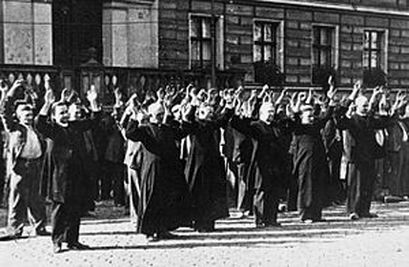
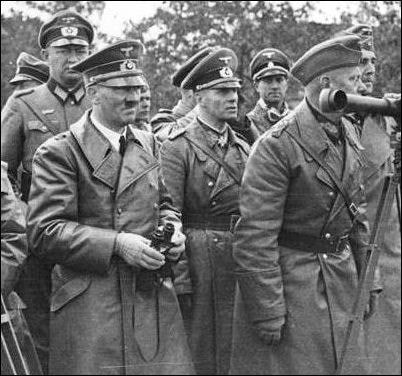
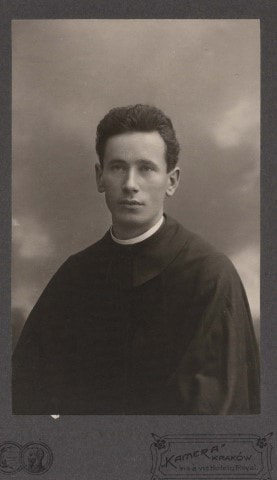
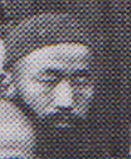
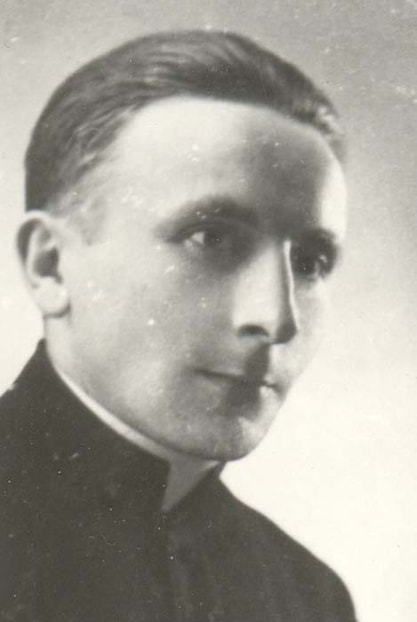
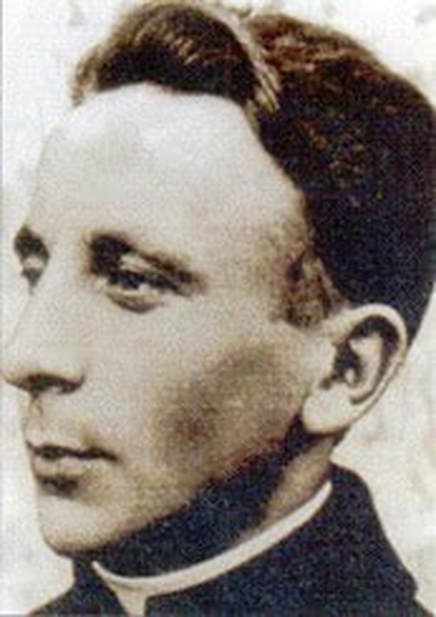
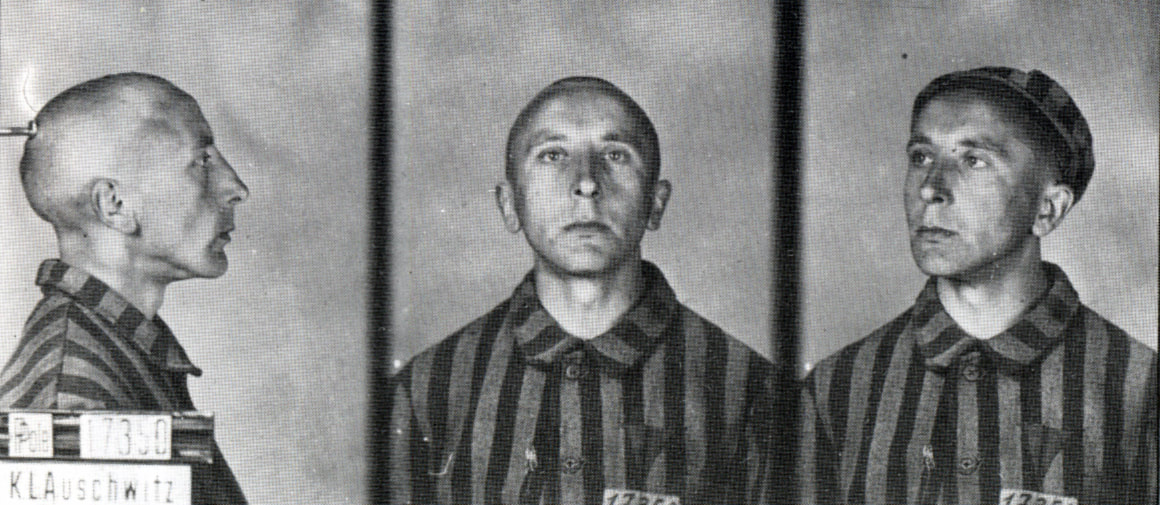
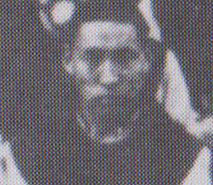
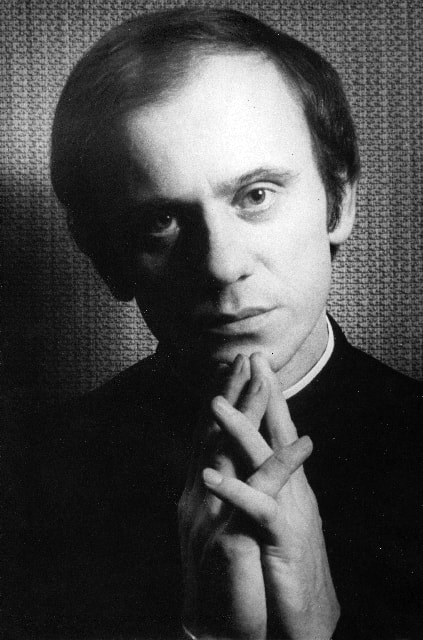
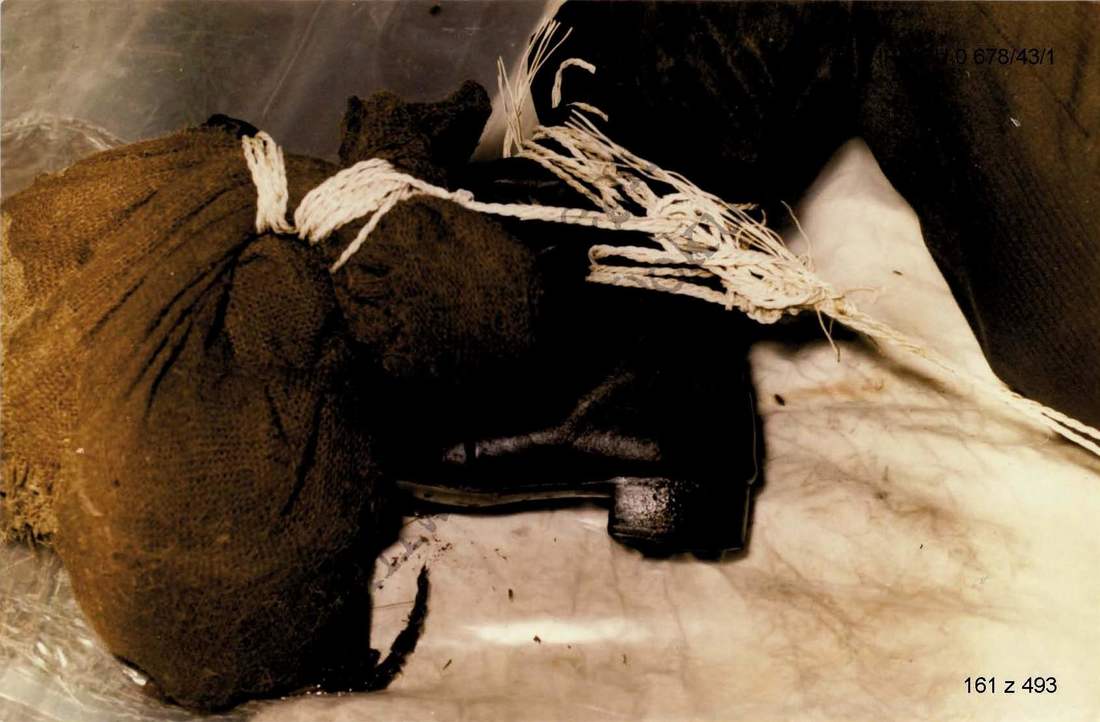
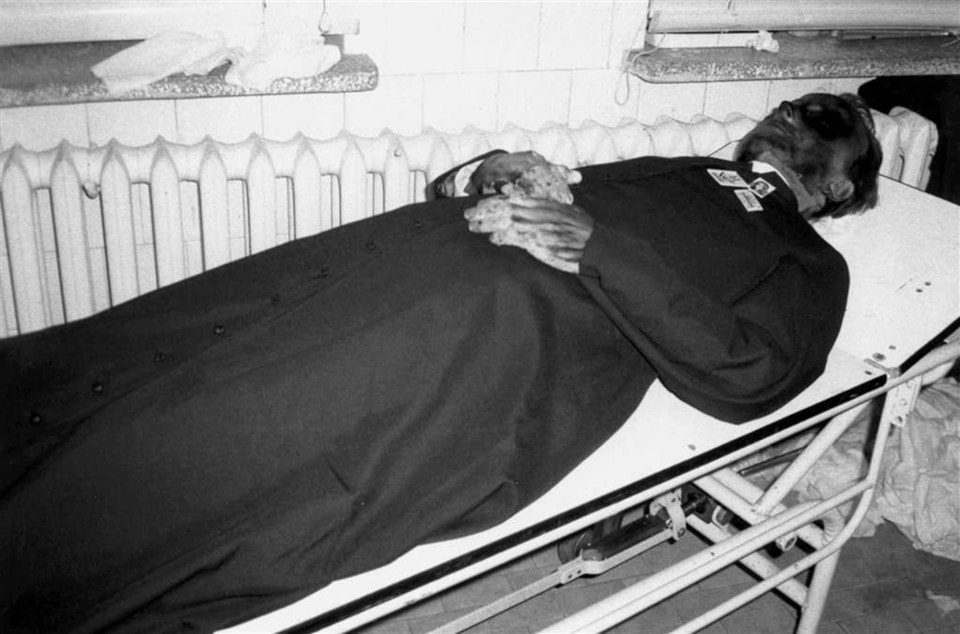
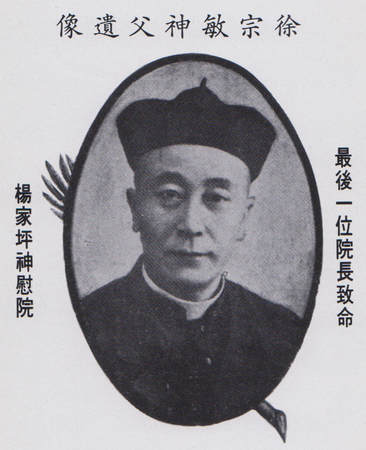
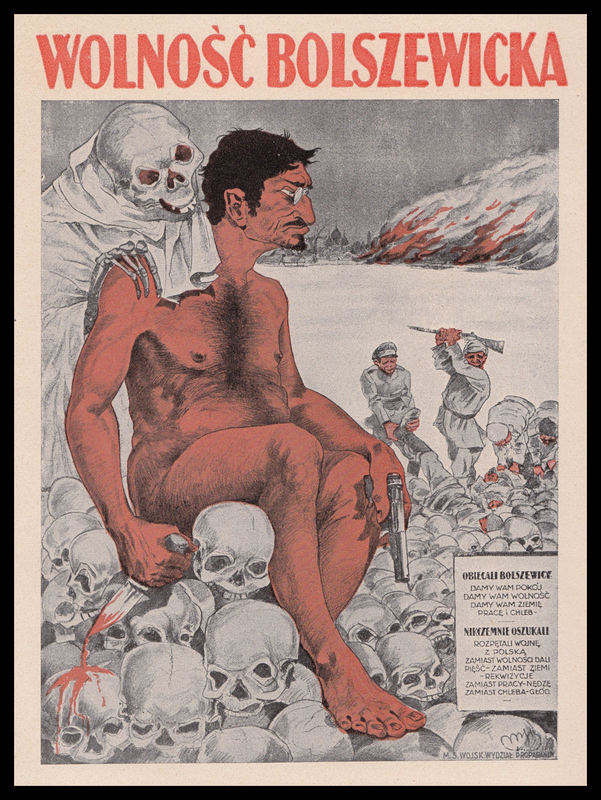
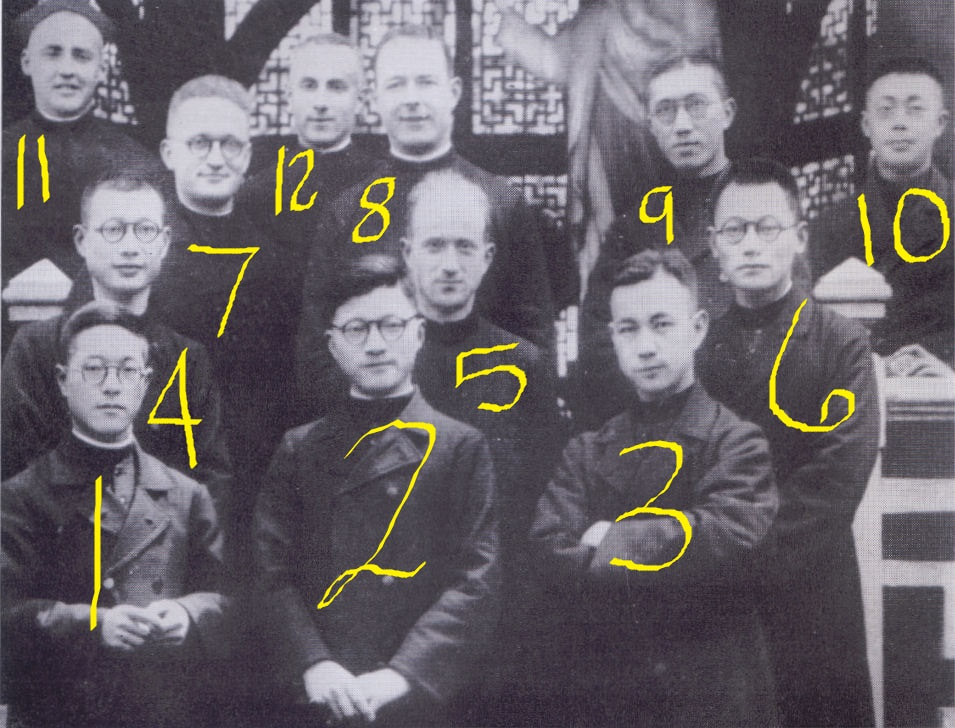
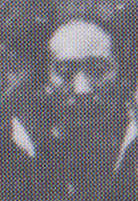
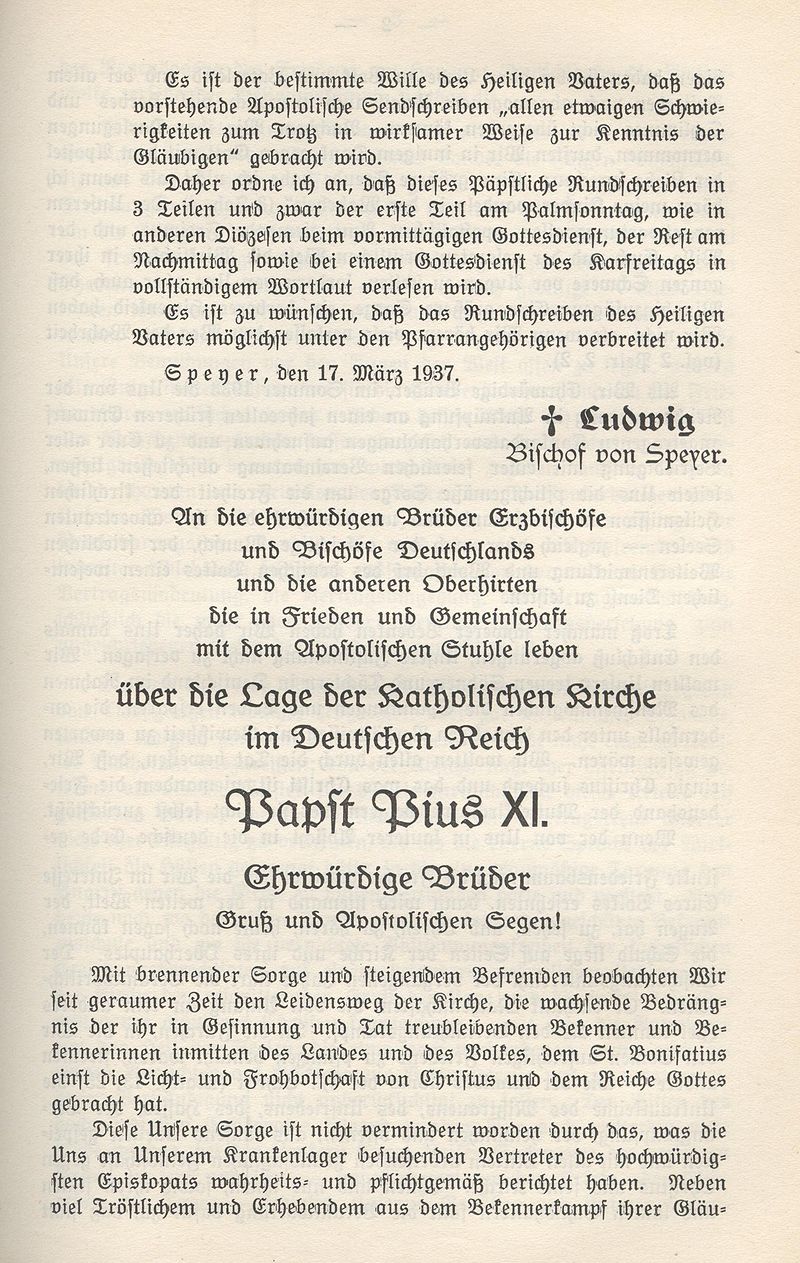
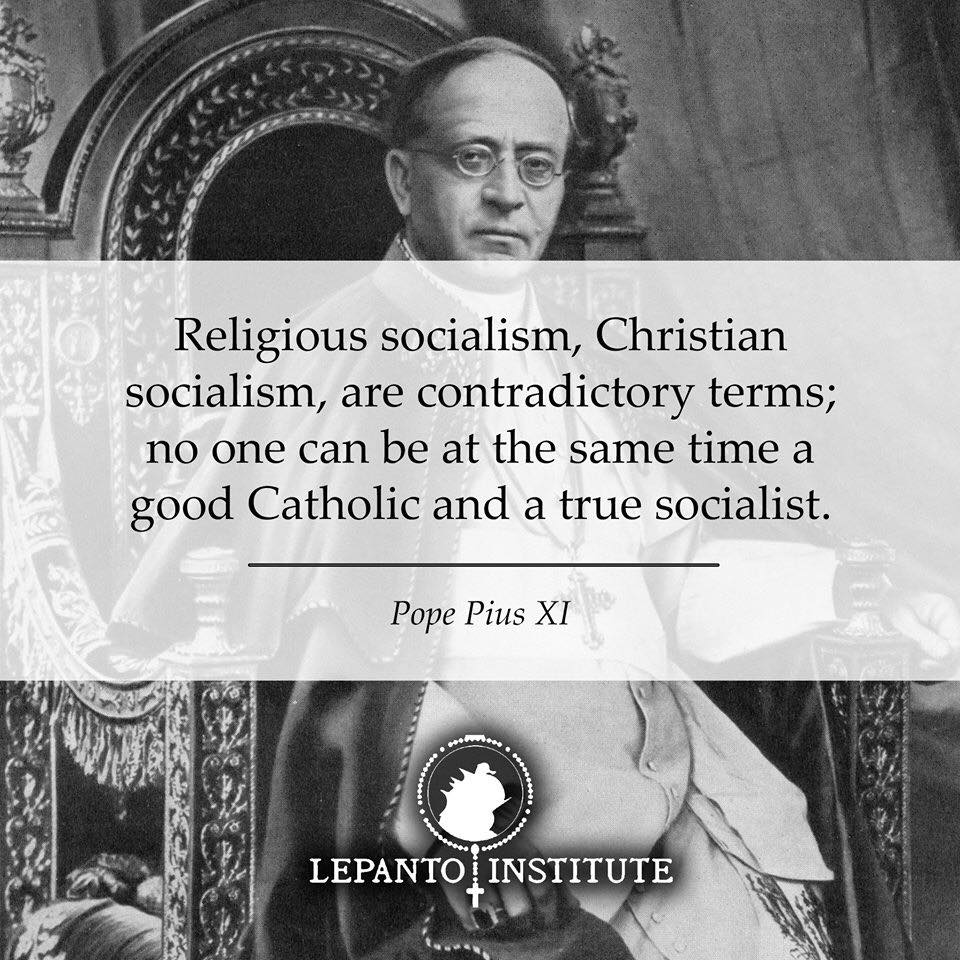
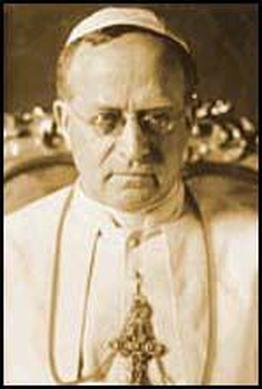

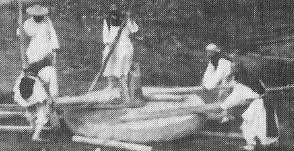
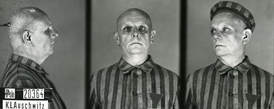
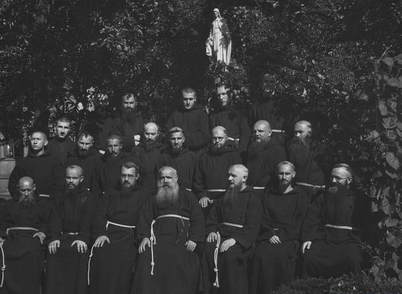
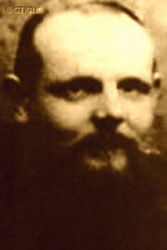
 RSS Feed
RSS Feed